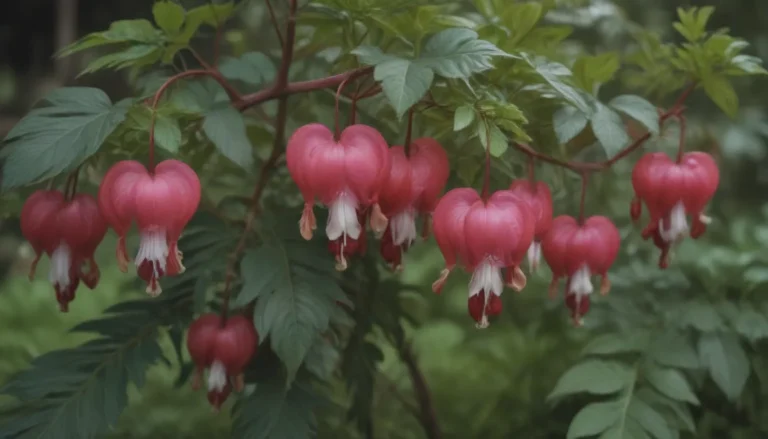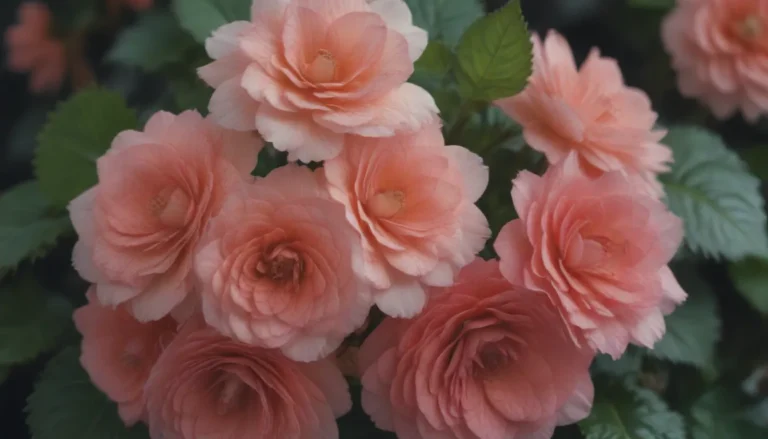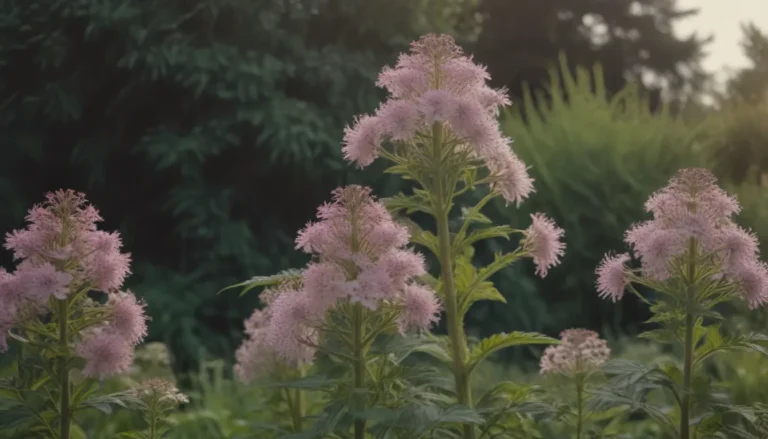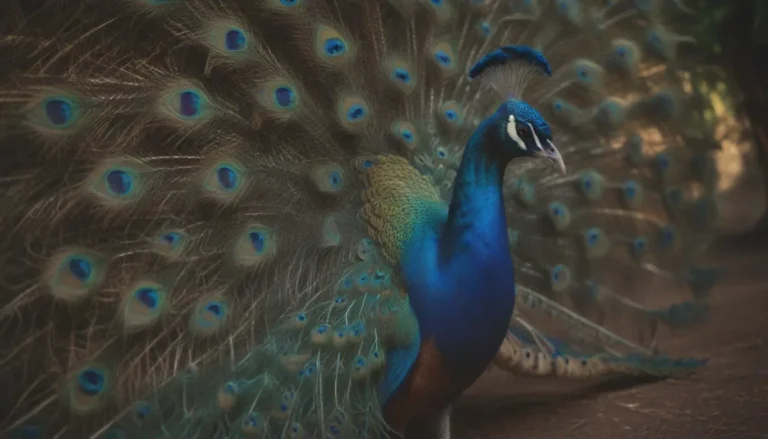Growing and Caring for Climbing Hydrangea: Your Complete Guide
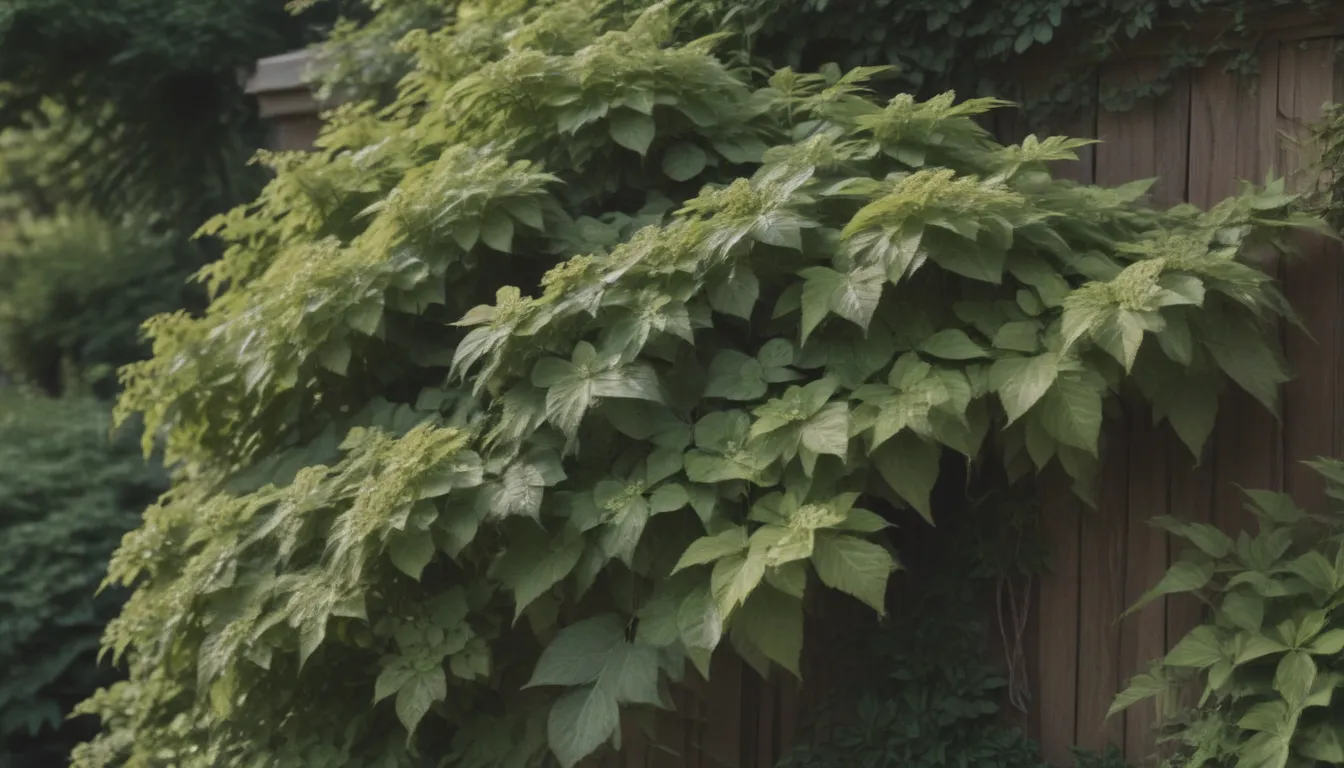
If you’re looking to add a touch of beauty and elegance to your garden, consider planting a climbing hydrangea. These stunning plants, native to Asia, offer all the charm of traditional hydrangea bushes but in a lovely trailing variety that can be used to add visual interest to walls, fences, pergolas, and trellises. In this comprehensive guide, we will walk you through everything you need to know to grow and care for climbing hydrangea successfully.
Climbing Hydrangea: A Brief Overview
Climbing hydrangea, scientifically known as Hydrangea anomala, is a deciduous vine that features beautiful white lacy blooms and lush green ovate leaves. Unlike other flowering vines, climbing hydrangea can tolerate a significant amount of shade, making it an excellent choice for gardens in hot climates. These plants are slow growers and may take up to three to five years to reach the flowering stage. However, once established, climbing hydrangea can grow up to 50 feet tall and produce fragrant flowers all summer long.
Climbing Hydrangea Care Tips
Caring for climbing hydrangea involves providing the right conditions for the plant to thrive. Here are some essential care tips to keep in mind:
Light
- Climbing hydrangea grows best in full sun to part shade.
- In hot climates, it can tolerate partial or even full shade.
- Ensure your plant is consistently watered, especially in sunny regions, to promote vibrant blooming.
Soil
- Plant climbing hydrangea in garden beds with rich, moist soil and good drainage.
- Amend depleted soil with nutrient-dense compost before planting.
- The plant isn’t particular about soil pH but prefers slightly acidic conditions for optimal growth.
Water
- Keep the soil consistently moist, providing at least one inch of water weekly.
- Hydrangea plants need more water in hot or dry weather conditions.
Temperature and Humidity
- Climbing hydrangea thrives in temperate climates and prefers daytime temperatures around 70 degrees F.
- The plant requires at least six weeks of temperatures below 65 degrees F to set buds for flowering.
- Protect the plant from intense sun and sudden frosts to ensure healthy growth.
Fertilizer
- Climbing hydrangeas are low-maintenance when it comes to fertilizing.
- Fertilize in the spring with a 10-10-10 product if you notice issues with yellowing leaves.
- A fertilizer with high phosphorous content will help promote beautiful blooms.
Pruning
- Prune dead and damaged branches in late spring or early summer.
- Once established, consider summer pruning to shape the plant to your liking.
- Dry hydrangea flower heads for use in crafts or dried arrangements.
Propagating and Growing Climbing Hydrangea
- Propagate climbing hydrangea in May or June by taking a cutting from an established plant.
- Grow climbing hydrangea from seed by sowing seeds in a pot, keeping the soil moist, and transplanting seedlings into the garden.
- Overwinter climbing hydrangea by watering thoroughly and mulching the base of the plant for protection.
Common Pests and Plant Diseases
- Watch for mildew, leaf spot, spider mites, scale, and aphids.
- Treat pests with mild insecticides or non-toxic alternatives like neem oil.
Encouraging Blooming
- Prune in late June or July to promote summer blooms.
- Avoid pruning in fall, winter, or spring to prevent bud damage.
Common Problems and Solutions
- Be mindful of the weight of climbing hydrangea vines on structures like houses or fences.
- Regular maintenance, ample watering, and mid-summer pruning are key to plant longevity.
- Climbing hydrangea offers beauty in all four seasons with its changing foliage.
Conclusion
In conclusion, growing and caring for climbing hydrangea can be a rewarding experience that adds charm and beauty to your garden space. By following the tips and guidelines outlined in this guide, you can ensure that your climbing hydrangea thrives and blooms abundantly for years to come. Remember to provide the plant with the right light, soil, water, and care to enjoy its enchanting flowers and lush foliage throughout the seasons. Happy gardening!
